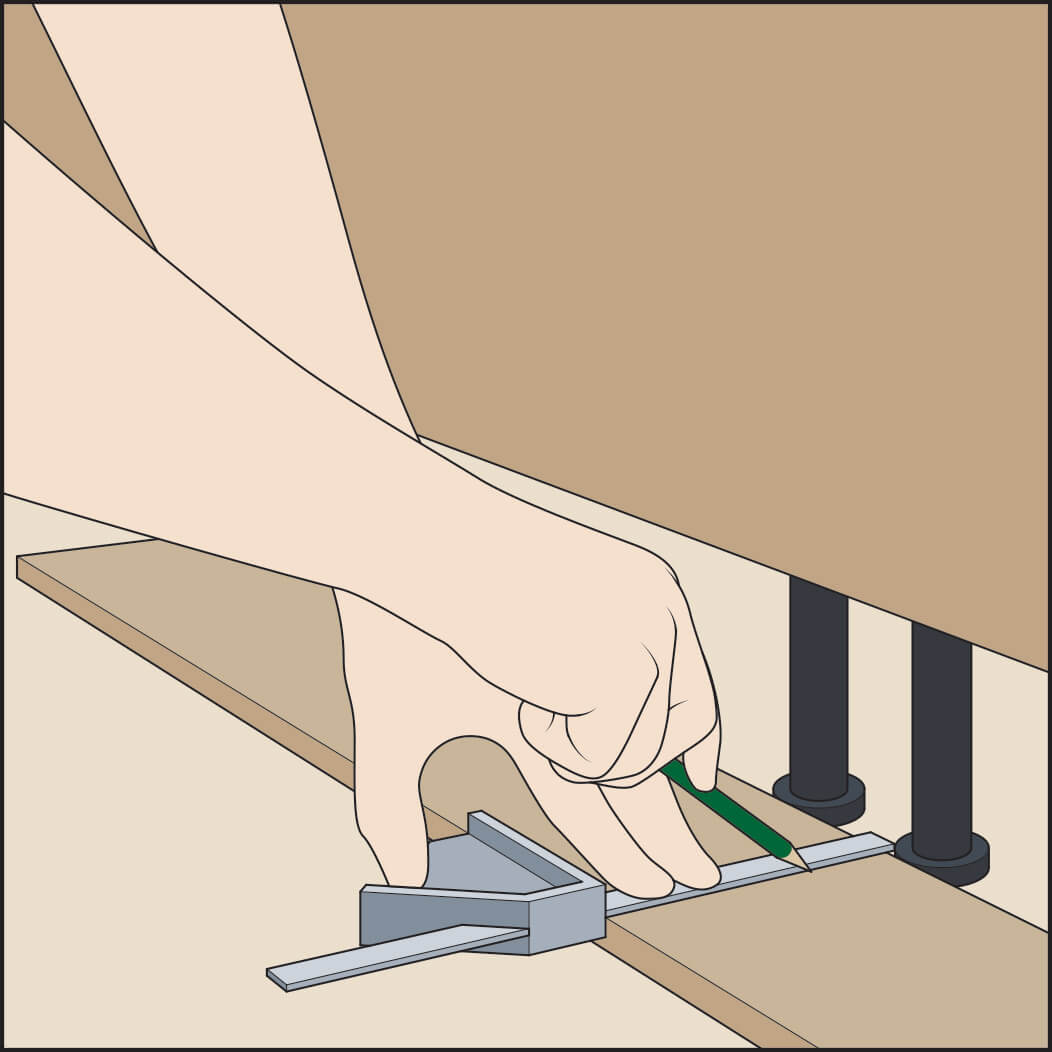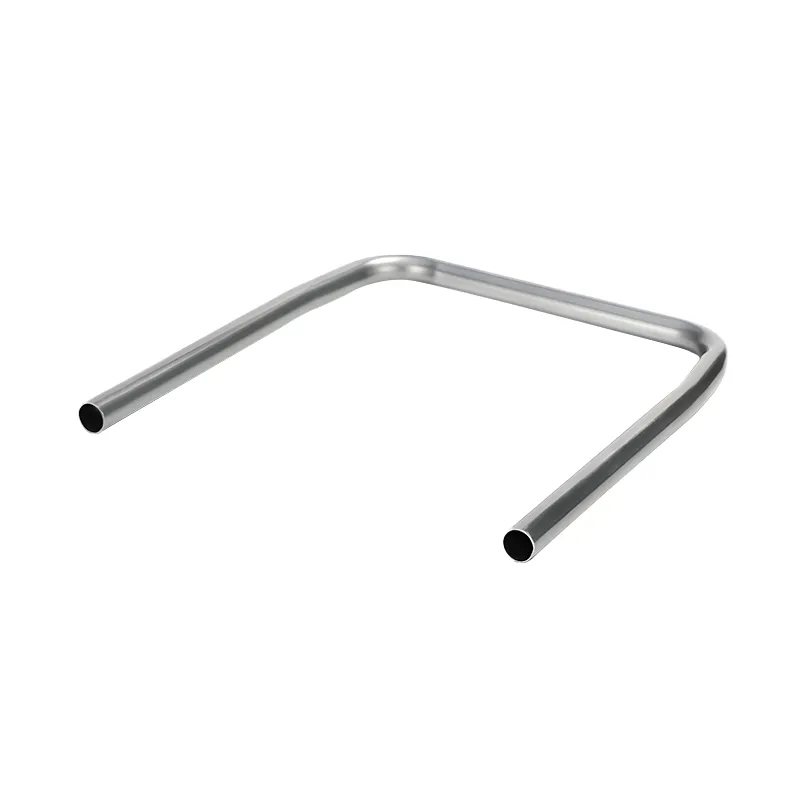- Introduction to high frequency welded pipe
and industry overview
- Technical advantages of high frequency tube welding
- Comparing seamless pipe vs welded pipe: Data and insights
- Manufacturer analysis and quality benchmarks
- Customized high frequency welded pipe solutions
- Application cases and industry successes
- Conclusion and future of high frequency welded pipe technology

(high frequency welded pipe)
Introduction to High Frequency Welded Pipe: Industry Overview
The steel tubing sector has witnessed remarkable advancements with the advent of high frequency welded pipe (HFWP) technology. Serving vital industries such as oil & gas, construction, water transmission, and auto manufacturing, HFWP stands as a cornerstone in pipeline systems and structural engineering. Globally, the demand for welded pipes surpasses 160 million metric tons annually (World Steel Association, 2023), illustrating a broad market acceptance. High frequency tube welding further helps manufacturers meet requirements of complex specifications, surface finishes, and dimensional accuracy. Over recent years, environmental policy has shifted the industry towards more efficient, lower-emission techniques—of which HFWP is at the forefront, sustaining productivity without compromising quality.
Technical Advantages of High Frequency Tube Welding
High frequency tube welding utilizes induced or contact electrical current to rapidly heat the pipe edges, fusing them together under pressure. This technology, compared to conventional arc welding, achieves higher speeds (up to 120 m/min), lower energy usage (15–20% reduction), and superior weld integrity—meeting standards such as API 5L, ASTM A53, and EN10217. Crucially, high frequency welding minimizes the heat-affected zone, ensuring mechanical properties of the base steel are retained and resulting in pipes with uniform grain structure. Advanced inline NDT (non-destructive testing) equipment verifies each weld seam for both surface and subsurface defects in real time, improving output consistency while meeting rigorous safety codes. Overall, the reliability of high frequency tube welding has enabled wider applications in high-pressure, corrosion-sensitive, and dynamically loaded environments, where consistency and precision are imperative.
Comparing Seamless Pipe vs Welded Pipe: Data and Insights
Both seamless and welded pipe have integral roles in modern industry. While seamless pipes are produced via hot extrusion without welds, welded pipes—especially those manufactured via high frequency welding—offer distinct advantages in terms of cost, production flexibility, and lead times. The table below presents a comparative analysis between these two leading options, focusing on key performance and economic indicators:
| Feature |
Seamless Pipe |
High Frequency Welded Pipe |
| Production Capacity (tons/year) |
1M–1.5M |
2M–2.5M |
| Wall Thickness Range (mm) |
2–40 |
0.5–16 |
| Outside Diameter (mm) |
21.3–660 |
16–630 |
| Cost per Ton (USD, avg 2023) |
1200–1500 |
800–1100 |
| Dimensional Tolerance |
±1.5% |
±0.7% |
| Weld Quality (ISO 5817) |
N/A |
Level B (Best) |
| Lead Time (weeks) |
4–8 |
2–4 |
| Application Suitability |
High pressure, critical services |
Water, gas, structural, automotive |
As indicated, high frequency welded pipe excels in cost, production speed, and dimensional accuracy, making it highly competitive for both standard and specialized applications. Meanwhile, seamless options are reserved for applications where absence of welds is non-negotiable (e.g., certain high-pressure environments).
Manufacturer Analysis and Quality Benchmarks
Major global manufacturers have adopted high frequency tube welding to ensure high volume, quality, and conformity to standards. Established players such as Tenaris, Nippon Steel, Vallourec, and TMK lead the international market, leveraging advanced automation, robotic seam tracking, and predictive maintenance analytics. In a recent benchmark (Metal Bulletin Research, 2023), the yield rates for premium HFW pipes surpassed 98%, with inline laser inspection reducing defect rates by 35%. Moreover, companies investing in Industry 4.0 solutions have demonstrated 20% improvement in energy efficiency. Supplier comparisons often hinge on weld seam uniformity, mechanical property consistency, and traceable heat/lot data—metrics that have become essential to quality audits in sectors like pressure piping and automotive safety.
Customized High Frequency Welded Pipe Solutions
Customization is a compelling advantage of high frequency welded pipe manufacturing. Modern production lines enable rapid switches between steel grades, diameters, and wall thicknesses, minimalizing downtime and inventory. Multizone induction control allows for tight temperature regulation, accommodating difficult-to-weld alloys (e.g., duplex stainless, micro-alloyed steels). Tailored surface treatments—galvanizing, epoxy coating, and laser etching—are now routinely offered as part of a value-added package. Case history: for a European automotive client, a batch of high frequency welded pipes (OD 48.3 mm, thickness 2.3mm, EN 10305-3) reached a dimensional repeatability exceeding ±0.2 mm, outperforming tolerance demands by over 50%. Pipe ends can be machined for threading or grooving inline, facilitating seamless fit-ups in modular prefabrication workflows, further underscoring the responsiveness of HFWP to evolving project demands.
Application Cases and Industry Successes
The utility of high frequency welded pipe extends across multiple domains. In the Middle East, large desalination plants have adopted HFWP for brine transmission due to exceptional corrosion protection treatments and precise tolerances. A North American gas utility reported an 18% reduction in total installed cost by switching medium-pressure distribution lines from seamless to HFWP—leveraging shorter lead times and in-market supply chains. In infrastructure, the rapid construction of stadiums and high-rise complexes leans heavily on structural HFWP, where safety, precision, and compliance with building codes are critical. Recent figures published by AmeriPipe Inc. (2023) note a 12% year-over-year increase in HFWP sales for urban infrastructure projects. These cases confirm HFWP’s robustness, economic value, and adaptability under tough field conditions.
Conclusion and the Future of High Frequency Welded Pipe Technology
In summary, high frequency welded pipe has become an indispensable component across energy, infrastructure, and transportation sectors—owing to its technical maturity, customization capabilities, and consistent performance. The industry continues to see growth as process automation, AI-driven inline quality control, and environmentally sustainable practices further boost output and reliability. Standout factors include improved yield, enhanced weld integrity, and measurable cost savings compared to legacy systems. Looking ahead, research in adaptive welding algorithms and low-carbon steel formulations promises even greater leaps. As new projects worldwide demand more stringent specifications, HFWP’s superior blend of performance and value positions it as the preferred solution for next-generation piping challenges.

(high frequency welded pipe)
FAQS on high frequency welded pipe
Q: What is a high frequency welded pipe?
A: A high frequency welded pipe is made by joining steel strips using high-frequency electrical currents. This technique ensures a strong and smooth weld. It's commonly used in construction and automotive industries.
Q: How does high frequency tube welding work?
A: High frequency tube welding uses electrical currents to heat the steel edges before pressing them together. This creates a solid and continuous seam. The process enables rapid and efficient pipe production.
Q: What are the advantages of high frequency welded pipes?
A: High frequency welded pipes offer excellent strength and cost-effectiveness. They also have a smooth internal surface and consistent dimensions. These qualities make them ideal for large-scale industrial use.
Q: What is the difference between seamless pipe vs welded pipe?
A: Seamless pipes are made from solid billets and have no welded seam, offering higher pressure resistance. Welded pipes, like high frequency welded pipes, have a seam but are more economical. The choice depends on the specific application requirements.
Q: In what applications are high frequency welded pipes preferred?
A: High frequency welded pipes are commonly used in construction, plumbing, and automotive exhausts. Their precision and affordability make them a preferred choice. They're especially suitable for transporting low-pressure fluids and gases.
 Afrikaans
Afrikaans  Albanian
Albanian  Amharic
Amharic  Arabic
Arabic  Armenian
Armenian  Azerbaijani
Azerbaijani  Basque
Basque  Belarusian
Belarusian  Bengali
Bengali  Bosnian
Bosnian  Bulgarian
Bulgarian  Catalan
Catalan  Cebuano
Cebuano  Corsican
Corsican  Croatian
Croatian  Czech
Czech  Danish
Danish  Dutch
Dutch  English
English  Esperanto
Esperanto  Estonian
Estonian  Finnish
Finnish  French
French  Frisian
Frisian  Galician
Galician  Georgian
Georgian  German
German  Greek
Greek  Gujarati
Gujarati  Haitian Creole
Haitian Creole  hausa
hausa  hawaiian
hawaiian  Hebrew
Hebrew  Hindi
Hindi  Miao
Miao  Hungarian
Hungarian  Icelandic
Icelandic  igbo
igbo  Indonesian
Indonesian  irish
irish  Italian
Italian  Japanese
Japanese  Javanese
Javanese  Kannada
Kannada  kazakh
kazakh  Khmer
Khmer  Rwandese
Rwandese  Korean
Korean  Kurdish
Kurdish  Kyrgyz
Kyrgyz  Lao
Lao  Latin
Latin  Latvian
Latvian  Lithuanian
Lithuanian  Luxembourgish
Luxembourgish  Macedonian
Macedonian  Malgashi
Malgashi  Malay
Malay  Malayalam
Malayalam  Maltese
Maltese  Maori
Maori  Marathi
Marathi  Mongolian
Mongolian  Myanmar
Myanmar  Nepali
Nepali  Norwegian
Norwegian  Norwegian
Norwegian  Occitan
Occitan  Pashto
Pashto  Persian
Persian  Polish
Polish  Portuguese
Portuguese  Punjabi
Punjabi  Romanian
Romanian  Samoan
Samoan  Scottish Gaelic
Scottish Gaelic  Serbian
Serbian  Sesotho
Sesotho  Shona
Shona  Sindhi
Sindhi  Sinhala
Sinhala  Slovak
Slovak  Slovenian
Slovenian  Somali
Somali  Spanish
Spanish  Sundanese
Sundanese  Swahili
Swahili  Swedish
Swedish  Tagalog
Tagalog  Tajik
Tajik  Tamil
Tamil  Tatar
Tatar  Telugu
Telugu  Thai
Thai  Turkish
Turkish  Turkmen
Turkmen  Ukrainian
Ukrainian  Urdu
Urdu  Uighur
Uighur  Uzbek
Uzbek  Vietnamese
Vietnamese  Welsh
Welsh  Bantu
Bantu  Yiddish
Yiddish  Yoruba
Yoruba  Zulu
Zulu 













